Advancements in Treatment Modalities
Innovations in treatment modalities for bile duct cancer are likely to significantly influence the Bile Duct Cancer Market. Recent developments in surgical techniques, such as minimally invasive procedures, have improved patient outcomes and reduced recovery times. Additionally, the emergence of targeted therapies and personalized medicine has shown promise in enhancing treatment efficacy. For instance, the introduction of novel chemotherapeutic agents and combination therapies has the potential to improve survival rates. As these advancements continue to evolve, they may attract investment and research funding, thereby fostering growth within the Bile Duct Cancer Market. The integration of new technologies, such as robotic-assisted surgeries, could also enhance the precision of interventions, further driving market expansion.
Growing Incidence of Bile Duct Cancer
The rising incidence of bile duct cancer appears to be a primary driver for the Bile Duct Cancer Market. Recent statistics indicate that bile duct cancer cases have been increasing, with an estimated annual incidence rate of approximately 2 per 100,000 individuals. This upward trend may be attributed to factors such as an aging population and increased exposure to risk factors like chronic liver disease and bile duct inflammation. As the number of diagnosed cases rises, the demand for effective treatment options and diagnostic tools is likely to grow, thereby propelling the Bile Duct Cancer Market forward. Furthermore, the increasing awareness of this malignancy among healthcare professionals and patients may lead to earlier detection and intervention, which could further stimulate market growth.
Regulatory Support and Policy Initiatives
Regulatory support and policy initiatives aimed at improving cancer care are likely to influence the Bile Duct Cancer Market positively. Governments and health organizations are increasingly recognizing the need for comprehensive cancer care strategies, which may include funding for research, access to innovative therapies, and improved patient support services. Recent policy changes in several regions have focused on streamlining the approval process for new cancer treatments, potentially accelerating the availability of novel therapies for bile duct cancer. This supportive regulatory environment may encourage pharmaceutical companies to invest in the development of new drugs and treatment options. As a result, the Bile Duct Cancer Market could experience enhanced growth, driven by increased access to effective therapies and improved patient care.
Rising Awareness and Education Initiatives
The increasing awareness and education initiatives surrounding bile duct cancer are expected to play a pivotal role in shaping the Bile Duct Cancer Market. Public health campaigns aimed at educating individuals about the risk factors, symptoms, and importance of early detection are gaining traction. These initiatives may lead to higher rates of diagnosis and treatment, as individuals become more informed about the disease. Furthermore, healthcare professionals are receiving enhanced training on bile duct cancer management, which could improve patient outcomes. As awareness grows, the demand for diagnostic tools and treatment options is likely to rise, thereby stimulating the Bile Duct Cancer Market. This trend may also encourage more funding for research and support services, further bolstering market growth.
Increased Research and Development Activities
The surge in research and development activities focused on bile duct cancer is a crucial driver for the Bile Duct Cancer Market. Numerous clinical trials are currently underway, exploring new therapeutic agents and treatment protocols. According to recent data, there are over 50 ongoing clinical trials targeting various aspects of bile duct cancer, including novel drug formulations and combination therapies. This heightened focus on R&D is likely to yield new treatment options, which could significantly impact patient care and outcomes. Moreover, collaborations between pharmaceutical companies and research institutions may lead to innovative solutions that address unmet medical needs in the Bile Duct Cancer Market. As new therapies emerge from these efforts, they may reshape the competitive landscape and enhance market dynamics.
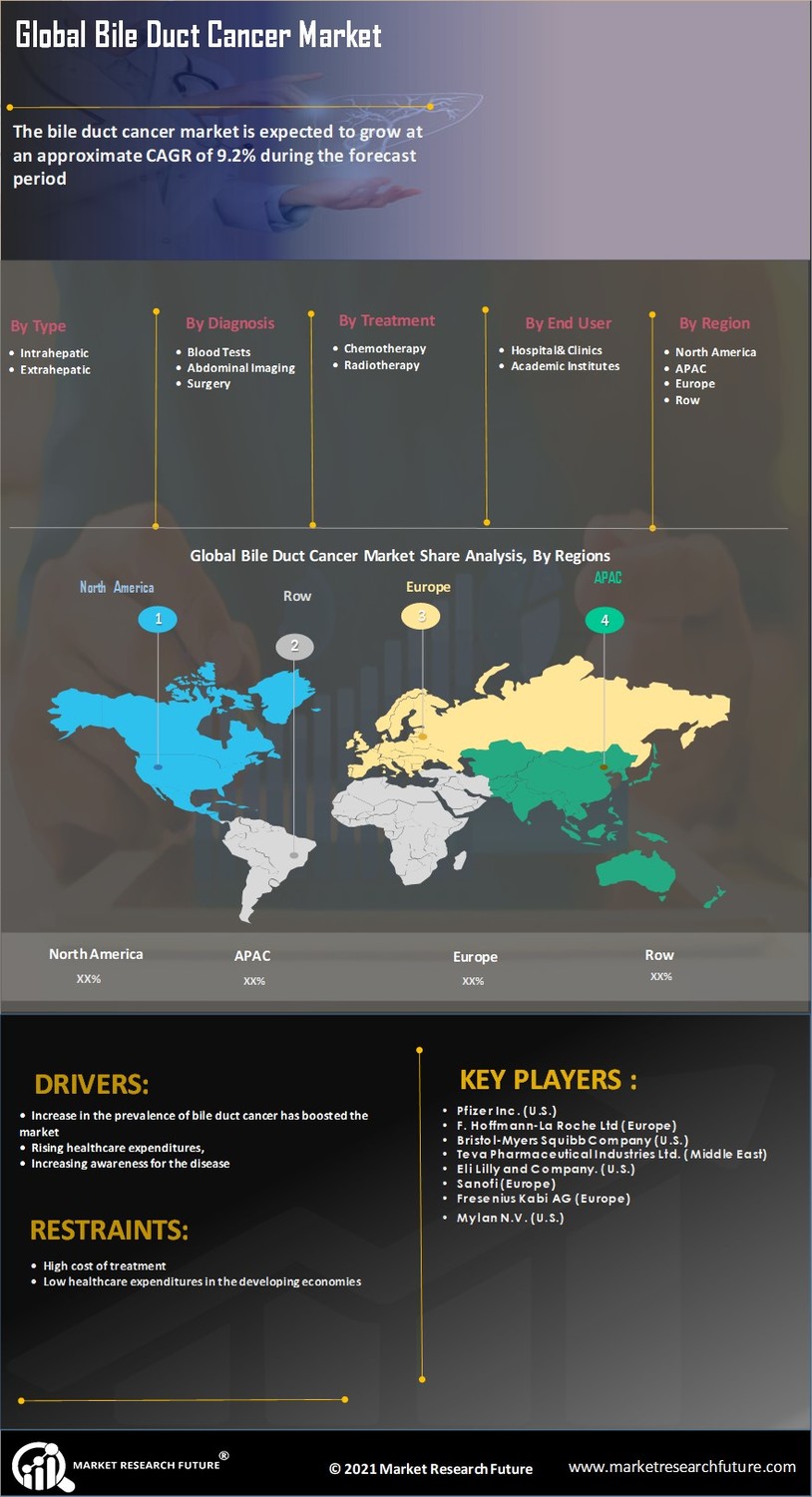

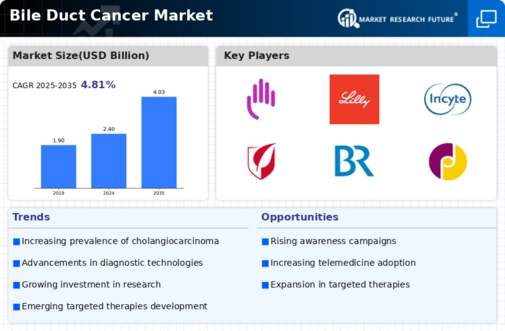
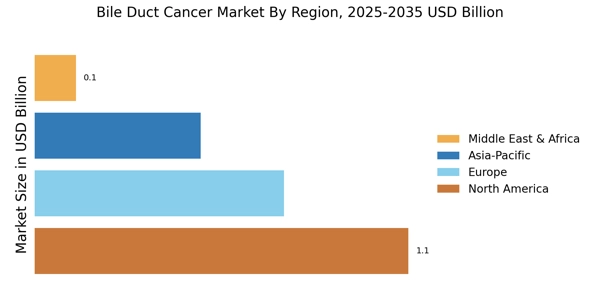
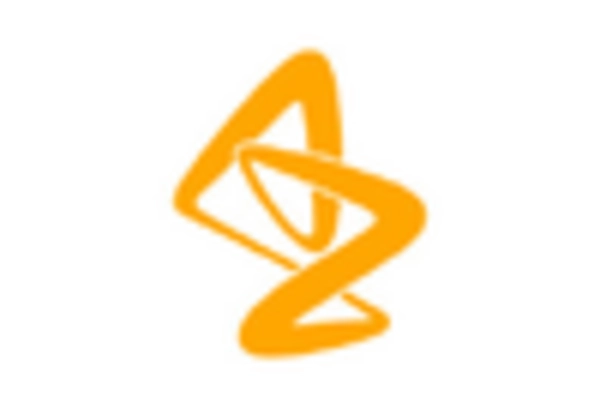

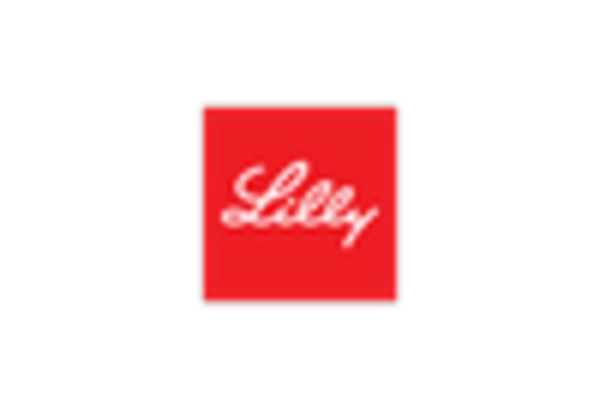
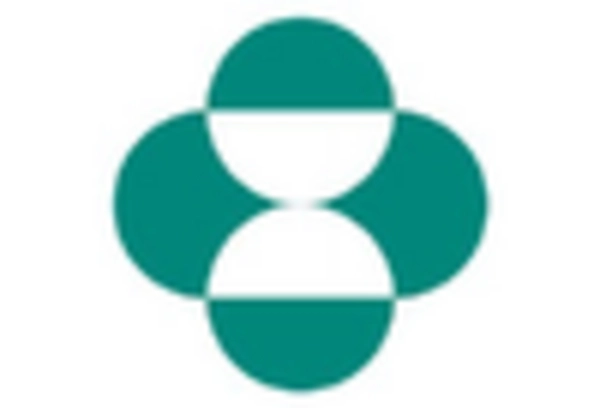










Leave a Comment